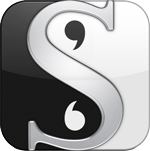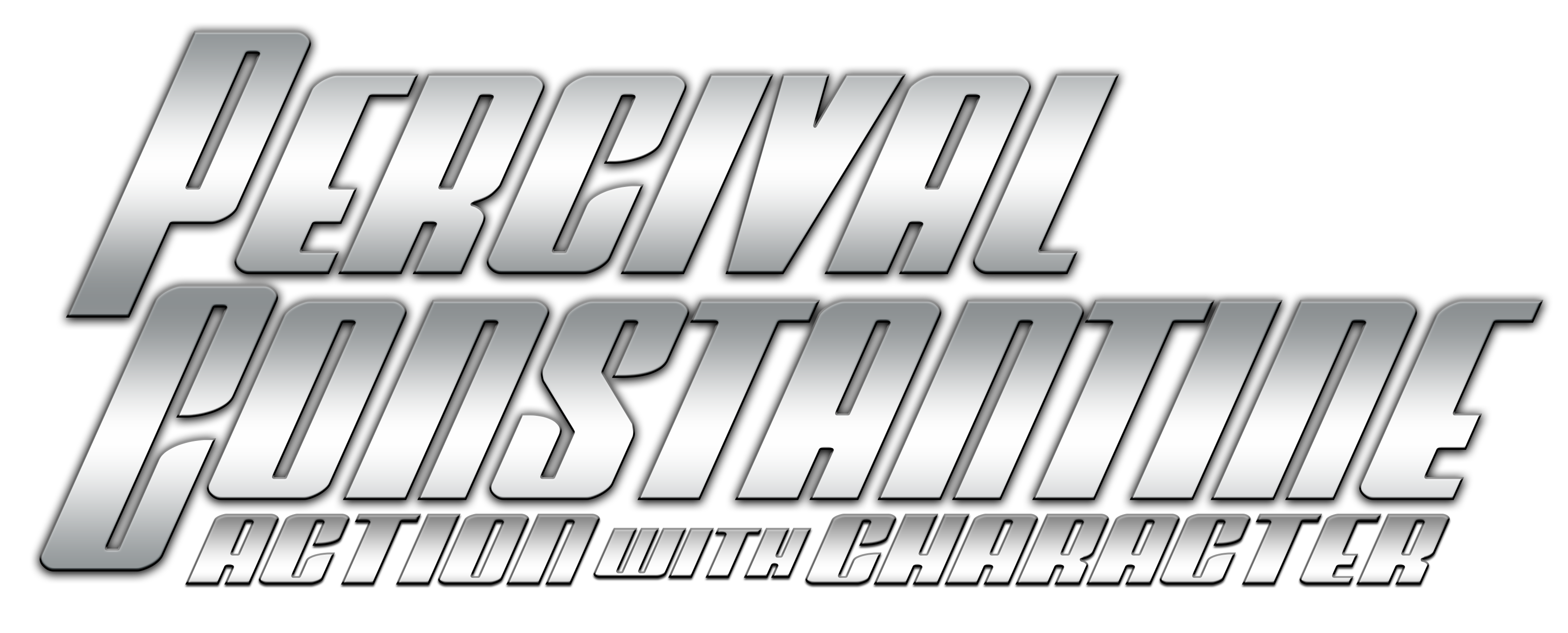 Ahh, writing software. Now, I know what some of you are thinking. “Why waste money on something that promises to help you be a writer when all you need is something to write with and something to write about?”
Ahh, writing software. Now, I know what some of you are thinking. “Why waste money on something that promises to help you be a writer when all you need is something to write with and something to write about?”
It is true that when it comes to writing software, there is no program that will do your work for you. But there are programs out there that can be very helpful with formatting and organization. And they really vary in terms of quality, features, and price (ohh especially in price). I think most writers I know tend to use the basic writing program, like Microsoft Word or its open-source cousin, OpenOffice Writer. Both of these are good and I’ve used them myself.
If you’re a scriptwriter, be it comics, film, TV, plays, or radio, then there’s a program like Final Draft, which makes the formatting stuff a breeze. And just like Word has OpenOffice, Final Draft also has a free competitor, Celtx (although Celtx has limitations, like only being able to export into other files when connected to the Internet and I’ve had problems with it frequently crashing on my MacBook).
When it comes to structuring and outlining your story, you could use something like Word or OpenOffice (and both Celtx and I believe Final Draft also have some sort of options for this). There are also programs specifically for structuring stories, like Dramatica Pro. There’s also another program, which is free, called Xmind, a program that’s great for creating mind maps and layout charts. You could also use Excel or another spreadsheet program. There are tons of different ways to structure your story, Chuck Wendig lists twenty-five of them in this blog post (and if you haven’t yet, look around Wendig’s site or buy some of his books on writing — that’s a guy who knows how to give damn-good advice in an entertaining fashion).
A few months ago, I came across a program called Scrivener, made by Literature and Latte. It’s basically an all-purpose writing program that gives you tons of different options for organizing your writing projects. You can break your story into several different documents, each one a different chapter or section, you can have separate folders and files for different books, you can import images or other data from your research, and it’s all kept in one place. There are a bunch of basic templates Scrivener provides, but you can also create your own or download some (S.M. Worth has some great ones at his site).
I’ll give you an example as a pulp writer. For my series of books focusing on Elisa Hill, I have one project file. Under a section called Novels, I have a folder for The Myth Hunter and another for Dragon Kings of the Orient. Under the Research section, I have images of the weapons Elisa uses, notes on myths I’ve looked into that I have or might use in the future, and images of places that her adventures might lead her to. I’ve also got sections for characters and settings, where I can import some of those images as well as make notes on these places. So everything is organized here in one place, which makes it a lot easier.
I could also set up a template that follows different methods of story structure, if I so choose (the previously-mentioned Worth site has some templates that do this). Here’s another example, using Randy Ingermanson’s Snowflake Method. Or pulp writers could set up a template based on Lester Dent’s Pulp Paper Fiction Master Plot.
One thing that’s helpful for me is having the option to switch between different kinds of writing templates. For the most part, I learned how to write by first writing scripts and my writing is very dialogue-heavy. So sometimes, it might be easier for me to switch to dialogue-only and I could do this by switching easily over to a screenplay or comic mode and then later converting this into prose (without having to switch between Word and Final Draft, as I did in the past). Scrivener also autosaves constantly.
Although there is a free trial, Scrivener is not a free program. It costs $45 USD, so it’s obviously not as cheap as OpenOffice or Celtx or other free writing programs. But it’s also a lot cheaper than Microsoft Word, Final Draft or Dramatica Pro (which cost $100 on the cheap end). And personally, it seems to be able to do everything those programs can do, and then some. So $45, for me anyway, is a great deal. I like being able to have all the elements of my stories in one place as opposed to hunting around my apartment for loose notes or digging through my hard drive or various external drives, trying to remember where I saved some files that now I need.
As a guy who has a tendency to be horrible with organizing my stuff, it’s been very helpful for me. If you have the same problems as I do, you might want to check out the trial version. It’s a thirty-day trial, but I paid for a license after the first day.

I sprang for a copy of the PC Scrivener version a while back and used it to write a 50k word Temple Houston western earlier this year. It worked fine, but I didn’t find the features useful enough to beat out the more streamlined writing experience of Open Office, which I used agai on The Gantlet Brothers: Sold Out (93k words) and am using now to write various short stories.
However, there is one feature that I find myself opening up Scrivener to use frequently. That’s the name generator: where you can pick the ethnicity of the first and last names and it will bring up a list of options. I find that greatly helpful.
Have you tried using it in full screen mode? It works really well as a streamlined writing program when you do that. But I can see how it wouldn’t be of much use to someone if you just want something streamlined. For me, it’s a godsend to be able to have everything I need in one place instead of digging around in different folders and drives (seriously, for someone who works so much with computers, and who has done so for such a long time, it’s amazing how disorganized I am). It’s also really useful for me when working with plot outlines, since I can have the split-screen system with the outline in one screen while working on the manuscript in the other. The split-screen may be the feature I use the most.
The appeal of having reference material handy and in the same place was part of what drew me to Scrivener, but I didn’t find it quite as useful as I thought I would. I was hoping for some sort of character dossier, where I could insert snapshots and a brief description and background (about a paragraph per character) and have a complete listing. This would be quite helpful for my longer work.
Scrivener didn’t quite do that. I could insert a photo or a sketch on the bulletin board, but there wasn’t enough room for a complete description, without clicking on it and going into another screen. I found that a standard Word/Open Office file worked slightly better for this, because all the information was on one page.
Ahh yeah, I can see your point with that. The corkboard and the index cards are cool, but in corkboard mode, you have to keep the synopses short if you want to fit it on the card (you can play around with the font size and the card size, but this can sometimes be annoying).
[…] Scrivener | Percival Constantine. Share this:TwitterFacebookLike this:LikeBe the first to like this. This entry was posted in […]
I’m trying WriteItNow4 which resolves the character tracking problem by having an alphabetical listing (with photo icons even) on the left hand side. Still, I’m finding it a little annoying that I can’t use basic formatting in the text box. I know this is to avoid distraction, but I like being able to add an indent, or center and italicize handwritten notes that a character reads in the book, and I like being able to add footnotes (a device I use frequently in the Dire Planet books). These are all basic functions in word processing programs, but seem to be ignored in programs for writers.
You’re right, I’ve always found it baffling how some of the most basic functions in Word or OpenOffice are just completely left out of programs for writers.
I have been using this software for years. First I used it just to outline, the corkboard feature is amazing! Then as I learned more my writing took off. It is truly intuitive once you begin to use it. Take advantage of their free trial and then if you decide you like it you can get 20% off Scrivener by clicking the link on my name. You won’t regret it!
Thanks for that offer for readers, S.M. And thanks for all those great templates you’ve created!